- Serbia
Get to know Serbia
- Citizens
Culture and science
Health services
Pension and disability insurance
- Business
Employment
Economy
- Media
- Government
- Contact
Keep in touch
Contact form
Back
Keepin touch
Whether you have a question, comment, suggestion or any problem in the purview of the government, send us your message and we will try to respond as soon as possible. If your problem is not in our purview, we will forward your message to the relevant institution.
Q:
A:
Exhibition of Serbian naïve art painting opens in Brussels
Brussels,
21 February 2007
European Commissioner in charge of education, training, culture and youth Ján Figel launched last night the Exhibition of Naïve Art Painting from the Babka Gallery collection in the Berlaymont building, the seat of the European Commission in Brussels.
Figel said that more than 200 hundred years ago, many Slovaks found their home in Vojvodina, where many nationalities now live together, and described Serbia’s northern province by the parable "Europe in miniature". He also added that one of the keys to keeping the identity is art and creativity.
I am convinced that the art and culture of Serbia and the West Balkan countries has a lot to offer to the common Europe, he said and added that naïve art of Vojvodina's Slovaks is a unique part of this heritage.
Director of the Serbian government’s EU Integration Office Tanja Miscevic said that unity in diversity is the motto and distinctive feature of the EU and noted that naïve painting is undoubtedly a part of the Serbian cultural heritage and distinctiveness.
The exhibition, organised by the Babka Gallery in Kovacica with the support of the Serbian government and the EU Integration Office, will run until March 7. Also present at the opening were Head of Serbian Mission to the EU Ambassador Roksanda Nincic, European Commissioner for Science and Research Janez Potocnik, founder of the Babka Gallery Pavel Babka, as well as many officials, members of diplomatic corps and journalists.
I am convinced that the art and culture of Serbia and the West Balkan countries has a lot to offer to the common Europe, he said and added that naïve art of Vojvodina's Slovaks is a unique part of this heritage.
Director of the Serbian government’s EU Integration Office Tanja Miscevic said that unity in diversity is the motto and distinctive feature of the EU and noted that naïve painting is undoubtedly a part of the Serbian cultural heritage and distinctiveness.
The exhibition, organised by the Babka Gallery in Kovacica with the support of the Serbian government and the EU Integration Office, will run until March 7. Also present at the opening were Head of Serbian Mission to the EU Ambassador Roksanda Nincic, European Commissioner for Science and Research Janez Potocnik, founder of the Babka Gallery Pavel Babka, as well as many officials, members of diplomatic corps and journalists.
-
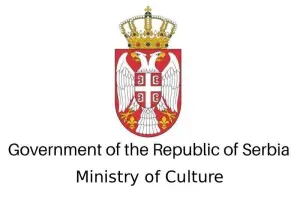 Belgrade, 10 November 2025
Belgrade, 10 November 2025Initiative to ban photo exhibition “Serbian Woman” attack on historic memory
-
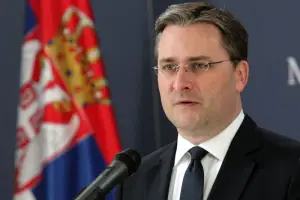 Belgrade, 8 November 2025
Belgrade, 8 November 2025Croatia obliged to respond adequately to emergence of hatred, extremism against Serbs
-
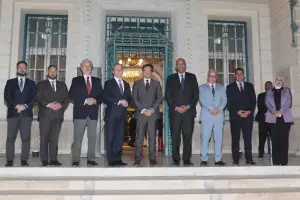 Belgrade/Cairo, 3 November 2025
Belgrade/Cairo, 3 November 2025Culture as foundation for enhancing overall relations between Serbia, Egypt
-
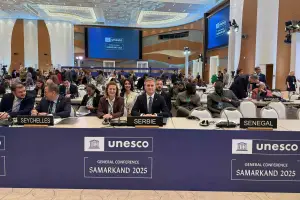 Belgrade/Samarkand, 31 October 2025
Belgrade/Samarkand, 31 October 2025Serbia’s continued commitment to preservation of cultural heritage
-
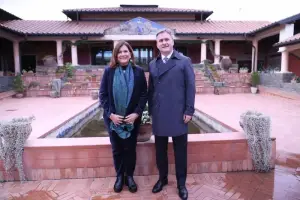 Požarevac, 24 October 2025
Požarevac, 24 October 2025Strengthening cooperation with Cyprus in field of cultural heritage protection
-
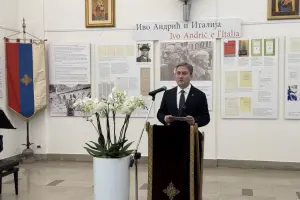 Belgrade/Trieste, 18 October 2025
Belgrade/Trieste, 18 October 2025Exhibition on Ivo Andrić in Trieste new bridge of cultural cooperation with Italy
-
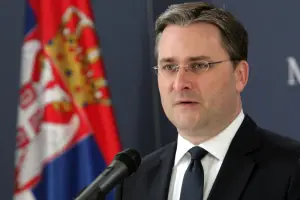 Belgrade, 7 October 2025
Belgrade, 7 October 2025Condemnation of marking Serbian cultural heritage as Albanian
-
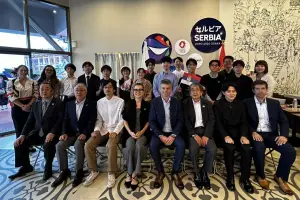 Belgrade/Osaka, 5 October 2025
Belgrade/Osaka, 5 October 2025Virtual promotion of Serbian tradition, culture in Osaka
-
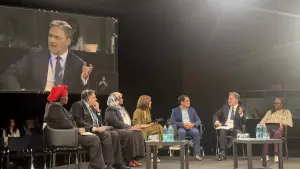 Belgrade/Barcelona, 1 October 2025
Belgrade/Barcelona, 1 October 2025Cultural heritage as foundation of preserving national identity
-
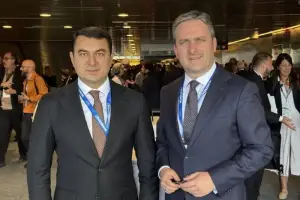 Belgrade/Barcelona, 29 September 2025
Belgrade/Barcelona, 29 September 2025Cultural cooperation between Serbia, Azerbaijan to further strengthen overall relations
